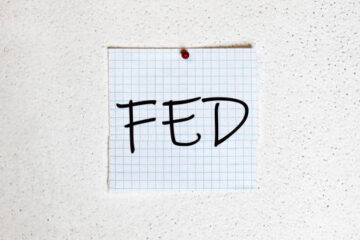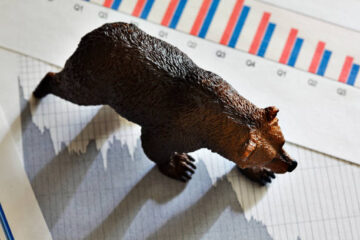Despite some snags, McDonald’s has been eager to roll out self-ordering at the drive-thru.
When most think of robots and our food, many picture something out of a science-fiction movie. In reality, it is a slow integration that is much more likely to look like something you already come across daily.
Automation in the fast-food industry often comes down to more self-ordering kiosks, more automation in the kitchen or drive-thru lanes that take your order without talking to a person.
“People often hear automation and think of robots making their food,” Restaurant Brands International (QSR) – Get Restaurant Brands International Inc. Report Popeyes President Sami Siddiqui told TheStreet in a May interview about, among other things, changes like auto-lift fryers. “I’ve seen some of that happen in the industry, but that’s not really the reality of what we’re doing.”
Will We See Robots At McDonald’s? Yes And No
When it comes to drive-thru lanes, this is a plan that McDonald’s (MCD) – Get McDonald’s Corporation Report has been trying to put in place for the last six years.
In 2016, the burger behemoth has outlined a plan in which it would transition many of the restaurant’s drive-thrus to self-ordering stations similar to the screens now found in many stores.
“Customers can place their order and skip the front counter entirely, with their food brought right to their table,” the company said at an earnings call back in 2016. “Additionally, customers will be able to place orders directly on the mobile app for pickup or have a kiosk recognize their app profile, which holds customized favorites and preferred payment methods.”
But implementation hasn’t been as quick due to the need to work out a number of kinks — while a problem with a self-order screen can be easily solved by a staff member at a restaurant, this becomes more difficult when there’s a long line of cars behind you.
Shutterstock
According to a recent BTIG report first reported by Restaurant Dive, voice ordering accuracy at the 24 Illinois restaurants where these types of drive-thru lanes were tested was at 80%.
While this number is fairly high, McDonald’s previously said that it wants it at 95% before it rolls them out across more restaurants.
BTIG predicts that more wide-scale adoption could take place “later this year” while CEO Chris Kempczinski previously said that they expect it to become standard across its restaurants within the next five years.
“Labor turnover and availability remains a significant challenge for operators,” BTIG analyst Peter Saleh wrote in the report.
The automation is one way to reduce labor costs long term but, for the time being, it is slowing the rollout somewhat. Data from the National Restaurant Association Shows that employment in the fast-food industry is still 6.4% below what it was before the pandemic.
Where Are We On Automation?
These types of drive-thru lanes are becoming increasingly more common in the industry.
Yum! Brands (YUM) – Get Yum! Brands Inc. Report-owned Taco Bell opened a digital-forward restaurant in Brooklyn Park, Minn. It has four lanes in which one can order from a video screen and three lanes dedicated solely for picking up orders placed by app.
This type of restaurant style is not always well-received by visitors as many find it a little too automated and machine-driven.
But the trend has been set in motion and analysts predict that, within the next five years, this type of pickup will be commonplace in both big and large chains across the country.


